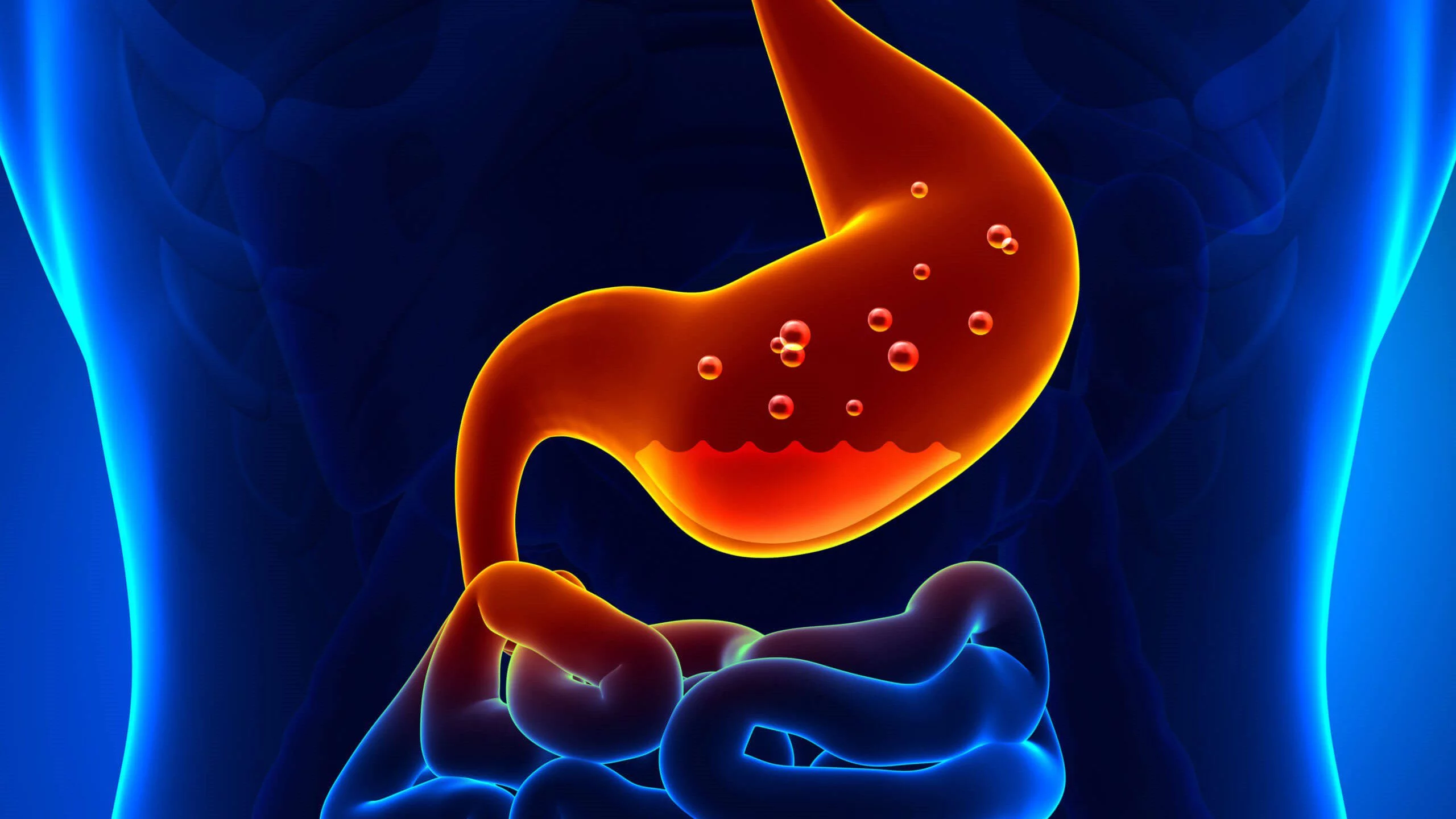
Functional dyspepsia (FD) is a common condition diagnosed by clinicians, which is defined as recurrent/chronic epigastric discomfort in the absence of a disease.1 FD is not considered life-threatening, however, it does tend to negatively affect individuals’ productivity and overall quality of life.1(1) The the precise etiology and pathophysiology of FD remains largely unknown, with symptoms managed via pharmaceutical interventions, all of which remain controversial regarding safety and effectiveness.1(1) As such, the following will consider botanicals as adjuncts, or alternatives, to commonly prescribed drugs used to control FD.

FD has several proposed underlying mechanisms to include disorders of the autonomic and enteric nervous systems, hypersensitivity to chemical and acid stimuli, gastric hypersensitivity, motility disorders, and low-grade chronic inflammation.1(1) Currently, FD is managed with antimicrobial agents, agents to protect the gastric mucosa, anticoke depression drugs, histamine-2-receptor antagonists, and proton pump inhibitors.1(2) As mentioned in the introduction, said drugs (i.e., acid-lowering drugs) can also induce unfavorable side effects to include decreased digestion and absorption of nutrients, and overgrowth of microbes such as candida. Said changes in acidity (i.e., increasing alkalinity) negatively affects the secretion of pancreatic enzymes and small intestinal pH (both substances kill microbes, inhibit the growth of bacteria/fungus, and support digestion and absorption of nutrients).2 Having briefly considered FD and common therapies, the following will explore peppermint/caraway oil as an alternative therapeutic approach.

Peppermint oil (PO) is an extract derived from the leaves of peppermint and is composed of 2.8-10% menthyl acetate, other terpenes, 14-32% menthone, and 30-55% menthol.3 The menthol component of PO is thought to exert a calcium channel blocking capacity which in turn causes smooth muscle relaxation.3(1) As such, PO has been largely used as a spasmolytic (muscle relaxing) intervention for irritable bowel syndrome (IBS).

Caraway essential oil (CEO) is extracted from caraway fruits and contain transdihydrocaravone, germacrene D, limonene, and caravone.4 Furthermore, said oil is replete with trace amounts of phellandrene, camphrene, thujone, pinene, carveole, furfural, and acetylaldehyde.4(482) As such, CEO is often used for digestive system complaints such as constipation and indigestion.4(482) Considering the advantages of both essential oils in treating gastrointestinal conditions, the following will explore the benefits of combining both botanicals, and their effects upon digestive health.

Li et al3(2) stated that pharmacodynamic research indicated that combining PEO and CEO (POCO) could have a synergistic/prokinetic effect; such a fusion of oils might work in a harmonious fashion to attenuate post-inflammatory visceral hyperalgesia (increased sensitivity to pain). As such, said researchers conducted a systematic review and meta-analysis whereby placebo-controlled/randomized controlled trials (RCTS) were retrieved (5 RCTs used with 578 participants) which explored the effect of fusing PEO and CEO in the treatment of adult patients diagnosed with FD.3(2)Furthermore, diagnosis of FD was based on meeting the Rome I, II, III, IV criteria with insignificant findings, or a negative upper endoscopy to explain symptoms. Interestingly, results demonstrated that POCO could significantly improve symptoms of FD from four studies were pooled.3(6) Furthermore, there was a significant and positive efficacy regarding improvement in epigastric pain between two studies, in addition to a safety profile similar to a placebo.3(6)
In conclusion, FD is a common condition defined as recurrent/chronic epigastric discomfort in the absence of a disease. The precise etiology and pathophysiology of FD remains largely unknown, and management of the same through drug therapy has produced unfavorable side effects in some individuals. However, evidence has suggested that POCO could be a viable adjunct, or potential replacement, to conventional pharmaceutical interventions with no recorded side effects, making it an appealing alternative. Ultimately, such an aggregate of botanicals could serve to support individuals’ productivity and quality of life in a fashion that is natural, safe, and efficacious.
References
1. Zhang J, Liu Y, Huang X, et al. Efficacy comparison of different acupuncture treatments for functional dyspepsia: A systematic review with network meta-analysis. Evid Based Compliment Alternat Med. 2020;2020:1-18. doi:10.1155/2020/3872919.
2. Erdogan A, Rao SSC. Small intestinal fungal overgrowth. Curr Gastro Rep. 2015;17(4):1-7. doi:10.1007/s11894-015-0436-2.
3. Li J, Lv L, Zhang J, et al. A combination treatment of peppermint oil and caraway oil for the treatment of functional dyspepsia: A systematic review and meta-analysis. Evid Based ComplementaryAltern Med. 2020:1-19. doi:https://doi.org/10.1155/2020/3872919.
4. Kwiatkowski P, Pruss A, Dzieciol M, et al. Antibacterial activity of caraway essential oil against staphylococcus aureus isolated from patients with furunculosis. J Microbiol Biotech Food Sci. 2016;5(5):482-486. doi:10.15414/jmbfs.2016.5.5.482-486.
-Michael McIsaac
